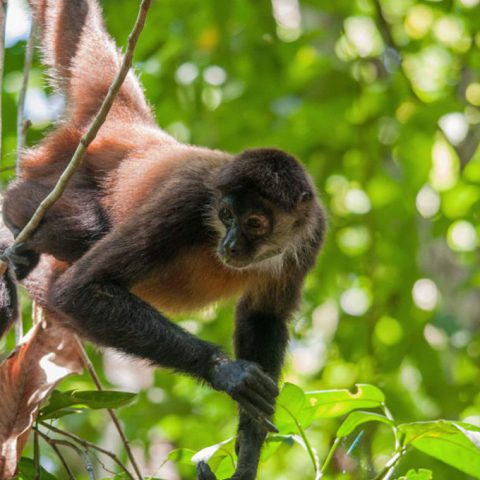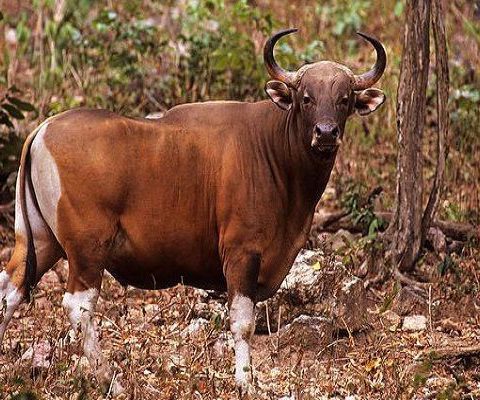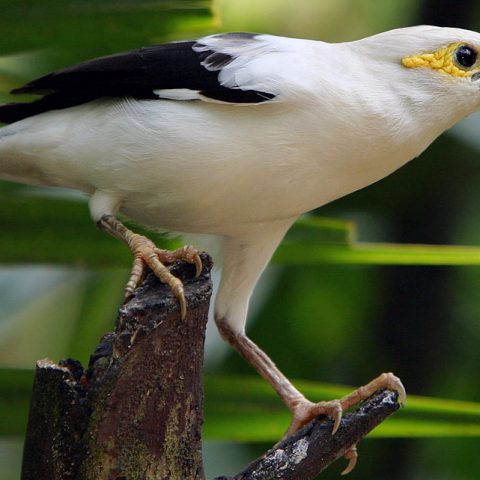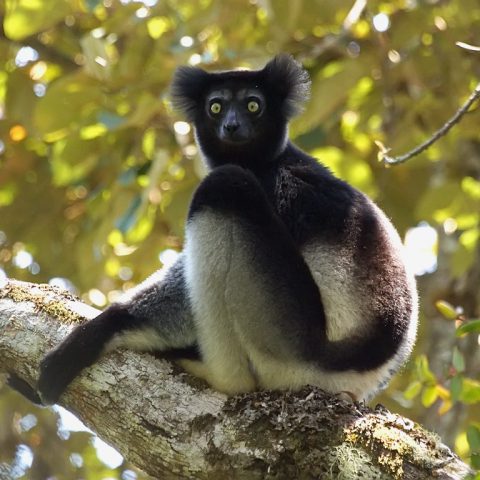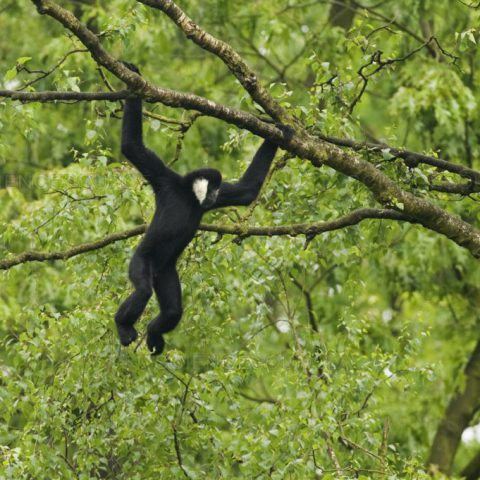Mountain Bongo
![]() Critically Endangered
Critically Endangered
Population
The current wild population of the Mountain Bongo is considered to below 100 individuals
Size
1.1 to 1.3 metres in height and 2.15 to 3.15 metres in length
Weight
150 to 405 kilograms
Countries
Kenya
Distribution
The Mountain Bongo is only found within the mountains in the east of Kenya. The species can be found up to an altitude of 4,000 metres.
Description
The Mountain Bongo is a chestnut colour and have bright white stripes across. The older males get the more mahogany brown does the animals coat become. Females will be more brightly coloured with their coats. The stripes range between 10 to 15 and interestingly each side usually has a different number of stripes. The species has a ridge of rigid dorsal hair sticking up on its back. The species also possesses very large ears to aide hearing,
The Mountain Bongo has two spiraled horns on its head, which slope over the animals back to allow the animal to run through the forest without getting tangled. Both male and female have these horns and often range between 75 and 99 centimetres. The horns are hollow and are made out of keratin.



Quick Facts
Key behaviour of Mountain Bongos include:
- The species is very rarely found in large groups. Males tend to be solitary, while females with young often live in groups of 6 to 8 animals.
- The gestation period for the Mountain Bongo is around 285 days or 9 and a half months. This will usually lead to just a single young
- The species is mostly nocturnal and lives in very difficult terrain making it very difficult to spot and find
- Mountain Bongos are very timid and easily scared. When scared the species will face away from the danger as their rear is harder to see
- The species is very quick even in dense undergrowth
- The species makes a bleating sound when distressed. The species only utilises grunts and snorts and a mooing call for mothers to their young
- The horns take around 3 and a half months to show on young Mountain Bongo
The diet of the Mountain Bongo consists of:
- Leaves
- Bushes
- Vines
- Bark
- Rotting trees
- Grasses and gerbs
- Roots
- Fruits
- Salt
- Charcoal (from lightning effected trees)
The Mountain Bongo lives in tropical jungles which have very dense undergrowth, especially areas which have plenty of fresh growth which are often effected by elephants, fires and floods to help promote the type of growth that the species really enjoys.
The threats which face the Mountain Bongo are:
- Habitat Destruction
- Poaching
Conservation Efforts
Some of the conservation efforts which we proudly support are
Bongo Surveillance Program
The Bongo Surveilliance Project is a program dedicated to ensuring the survival of the Mountain Bongo through monitoring of the species and protecting the species habitat as well as working with local communities and helping to raise awareness.



